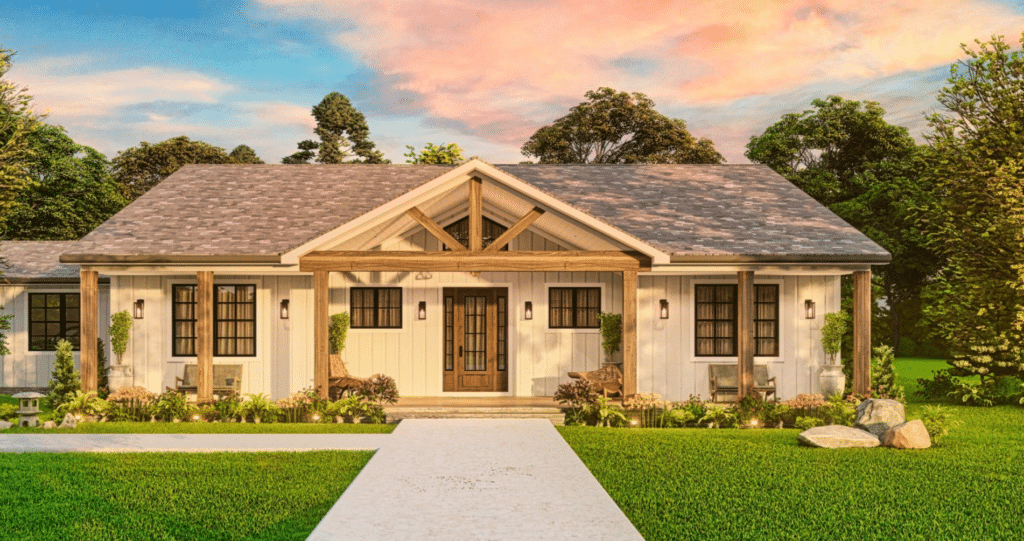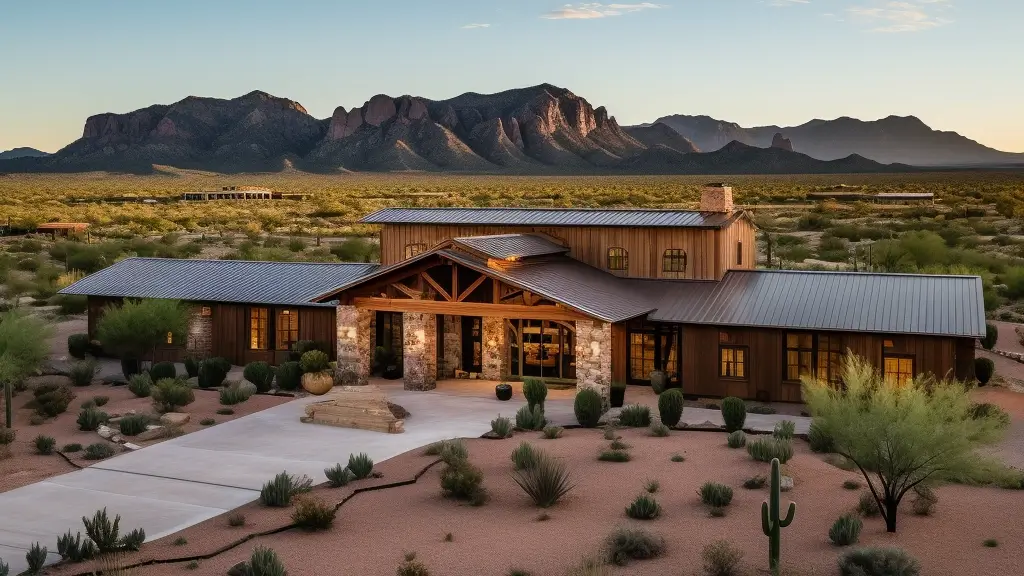Barndominiums Vs. Traditional Homes: a Detailed Comparison of Lifestyle and Functionality
The decision in between barndominiums and typical homes incorporates different aspects, including way of life preferences and functional requirements. Barndominiums are identified by their open formats and versatility, commonly attracting those who prioritize public living and convenience. In comparison, conventional homes provide a more organized atmosphere, which may much better serve families looking for personal privacy and a sense of background. As we take a look at the cost implications and ecological factors to consider, it becomes clear that the selection expands past simple aesthetic appeals and performance; it welcomes a much deeper expedition of what really specifies a home.
Overview of Barndominiums
Barndominiums, an unique real estate trend gaining popularity throughout different regions, blend the rustic charm of barn-style design with the capability of modern home. These special structures generally consist of a metal or wood framework, integrating open flooring plans and high ceilings with energy-efficient features. Usually situated on large rural residential properties, barndominiums provide house owners the possibility to enjoy a serene way of life while supplying sufficient room for different activities.
The adaptability of barndominiums extends beyond their visual charm; they can serve as both living quarters and functional rooms for pastimes, workshops, or perhaps local business. Their flexible style enables simple customization, accommodating diverse family members needs and choices. Several owners appreciate the reduced upkeep demands connected with metal exterior siding and roof covering, adding to long-term resilience.

Characteristics of Traditional Houses
Stressing ageless layout and comfort, typical homes are characterized by their distinctive architectural designs, which usually reflect historic influences and regional looks. Typical functions include symmetrical facades, gabled roofs, and an emphasis on craftsmanship, causing a cozy and welcoming ambience.
Standard homes typically integrate components such as crown molding, wainscoting, and wood floor covering, boosting their timeless allure. They normally include numerous areas with specified purposes, advertising family communication while enabling for personal privacy. read more. The layout frequently includes formal living and eating areas, which contribute to amusing guests and organizing family members celebrations
Exterior products such as block, wood, or stone are frequently used, adding to sturdiness and a feeling of permanence. Barndominium builder. Additionally, several typical homes are created with front porches or stoops, fostering a feeling of area and connection with the neighborhood
Landscape design plays a significant duty in standard home design, with properly maintained gardens and paths that improve curb charm - view now. In general, conventional homes personify a sense of nostalgia and stability, interesting those that value heritage and an extra structured living setting
Cost Comparison
Typically, a cost comparison in between barndominiums and standard homes discloses substantial differences in building expenditures and total investment. Barndominiums, commonly created from metal or steel structures, usually sustain lower material and labor prices than typical homes constructed from wood and block. The streamlined layout of barndominiums can equate to minimized building times, further reducing labor prices and speeding up occupancy.
Typically, the price per square foot for a barndominium varies from $100 to $150, while traditional homes can differ widely, generally dropping between $150 and $300 per square foot, depending upon location, products, and layout complexity. This price variation makes barndominiums an eye-catching option for budget-conscious customers looking for larger space without compromising top quality.
Additionally, barndominiums might bring about long-term financial savings via reduced upkeep expenses, power effectiveness, and insurance policy prices. Their long lasting construction materials frequently need much less upkeep in time contrasted to traditional homes. It is necessary to think about that while first costs might be reduced for barndominiums, the last financial investment will likewise depend on individual customization and wanted features, this which can influence the total expense in both real estate types.
Way Of Life and Area Factors To Consider
When thinking about way of life and space, barndominiums use an one-of-a-kind flexibility that attract a range of property owners. These hybrid frameworks incorporate property living with practical room, typically including open floor strategies that can be adapted to fit private requirements. This versatility is especially helpful for households or people seeking a tailored living setting, permitting varied usages such as office, workshops, or leisure areas.

Additionally, the visual charm of barndominiums can satisfy both rustic and contemporary tastes, making them a flexible choice for various style preferences (Barndominium repair). Ultimately, the selection between a barndominium and a typical home commonly depends upon exactly how well each option lines up with the homeowner's way of life aspirations and spatial demands, highlighting the significance of taking into consideration personal top priorities in the decision-making process
Environmental Influence and Sustainability
The environmental effect and sustainability of barndominiums existing compelling benefits contrasted to traditional homes. Mostly constructed from steel and other long lasting products, barndominiums are typically constructed using recycled sources, decreasing the need for new products and lessening waste. Their style generally highlights open rooms, which can lead to lower energy usage for heating and air conditioning contrasted to traditional homes with more fractional formats.
Additionally, barndominiums can include lasting features such as solar panels, rainwater harvesting systems, and advanced insulation methods, improving their power performance. The versatility of their design allows property owners to integrate these innovations a lot more flawlessly than in several typical homes, which might require extensive retrofitting.
In addition, barndominiums usually call for fewer resources for building and construction due to their easier, much more efficient layouts (click here to view). In general, barndominiums represent a forward-thinking approach to lasting living, straightening with contemporary environmental top priorities.
Verdict
In summary, the option between barndominiums and standard homes hinges on private lifestyle choices and practical needs. Barndominiums, with their open layouts and lasting materials, cater to those looking for flexibility and public living.